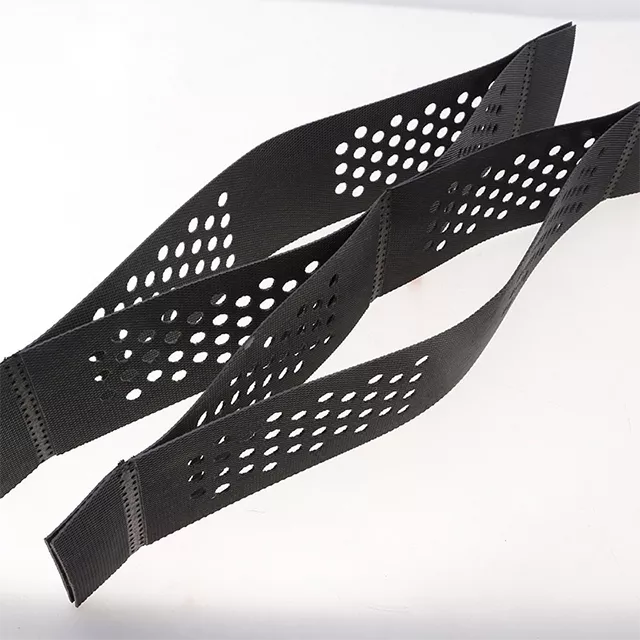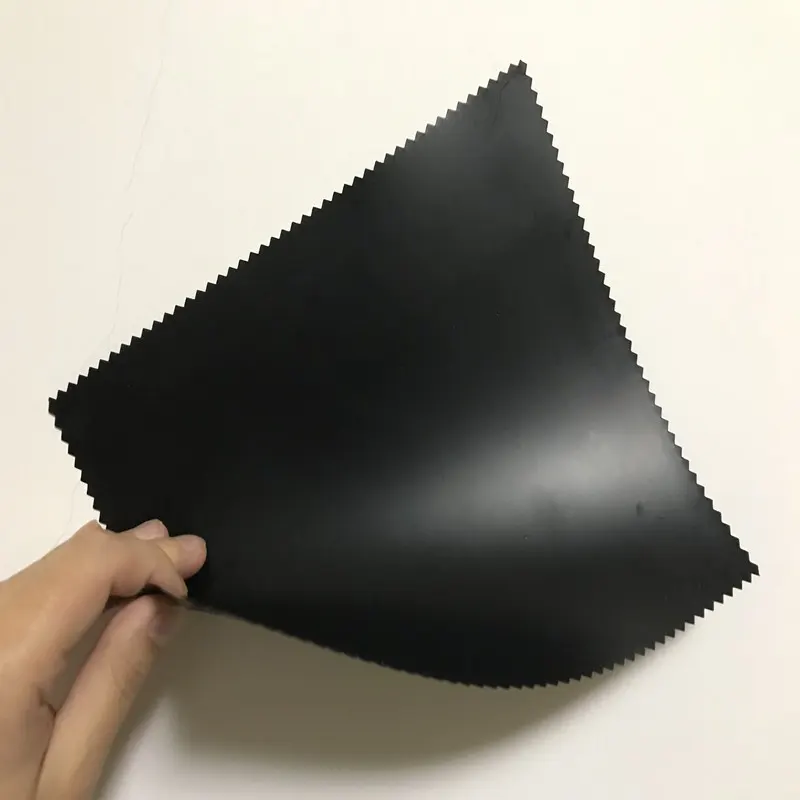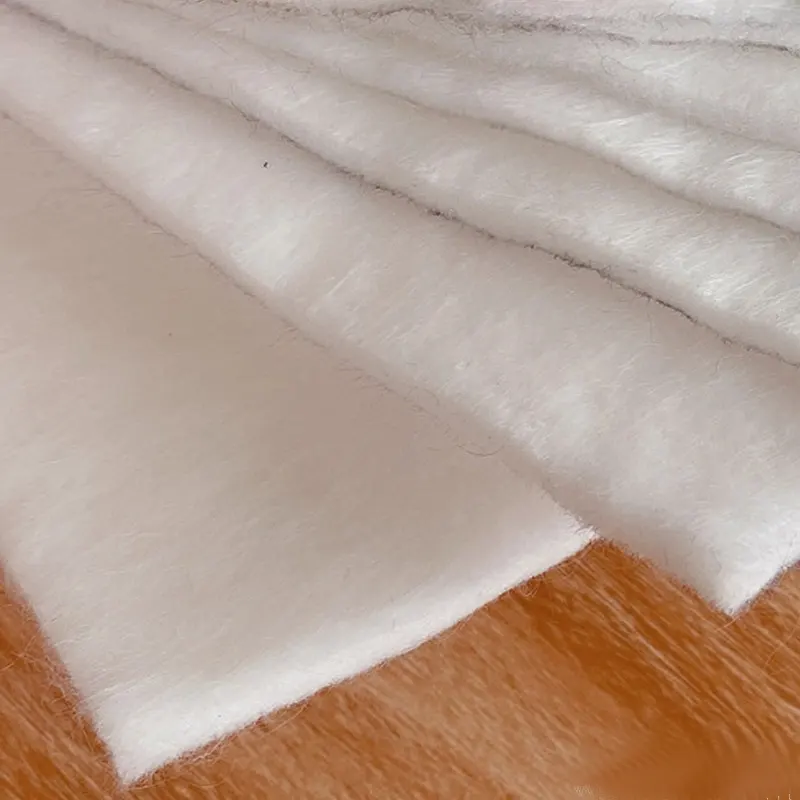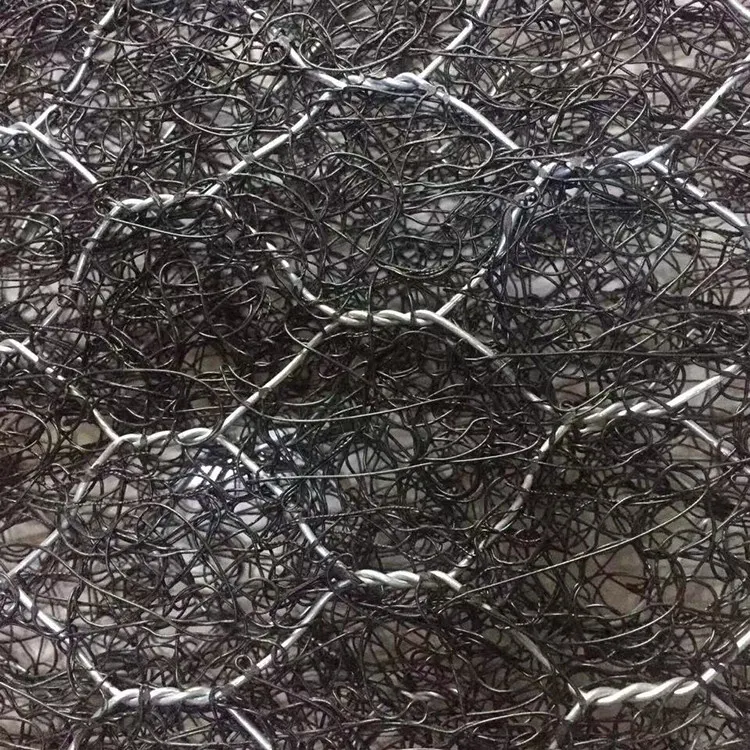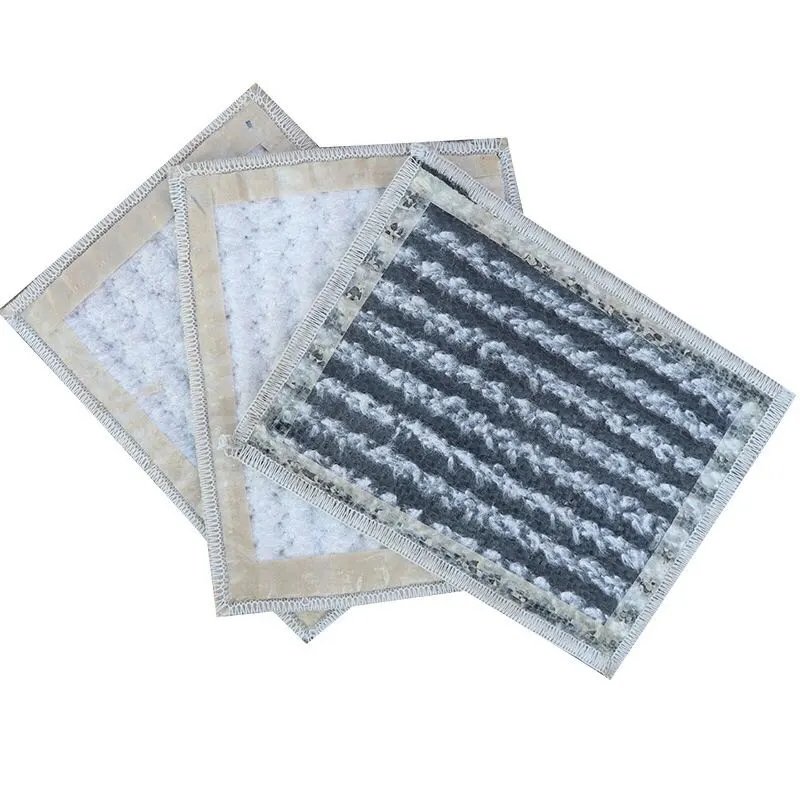- Description
Polyester filament geotextile, also known as polyester filament geotextile, is a non-woven geosynthetic made from high-quality polyester (polyethylene terephthalate, PET) through advanced processes including melt spinning, web laying, and needle punching. It exhibits excellent heat and light resistance. Through extensive testing and practical application, it demonstrates long-term corrosion resistance to various natural soils, moisture, and microorganisms. It provides effective isolation, filtration, drainage, protection, and reinforcement solutions for a wide range of industries and applications.
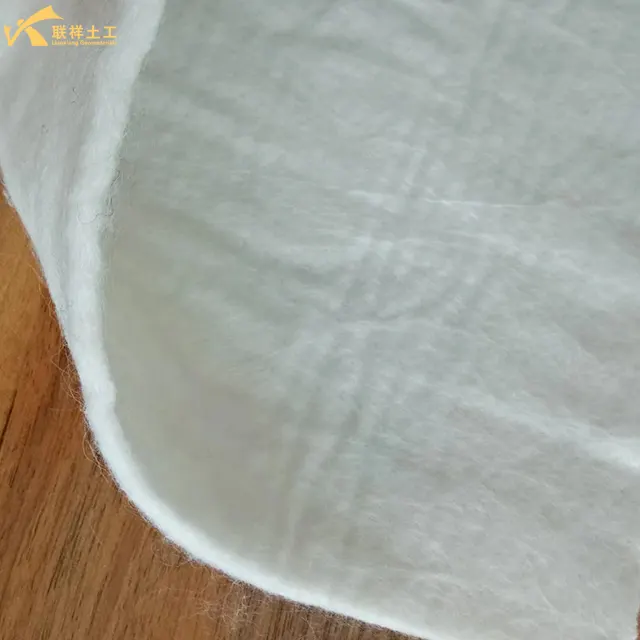
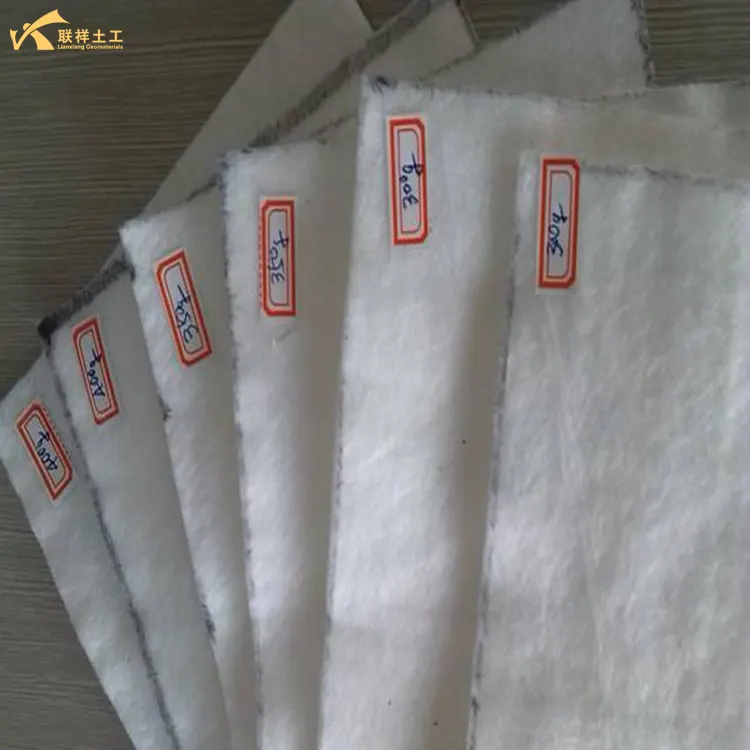

Features
- 1. High Strength: Made from high-strength polyester filaments, the fibers are entangled through a needle punching process, resulting in excellent tensile, tear, burst, and puncture strength, maintaining structural stability in harsh engineering environments.
- 2. Durability and Corrosion Resistance: Polyester material offers excellent chemical resistance, acid and alkali resistance, aging resistance, mildew resistance, and excellent resistance to soil and microorganisms, ensuring a long service life. 3. Good Water Permeability: The numerous pores between the fibers provide excellent vertical water permeability, enabling timely and effective drainage of pore water and lowering the groundwater level.
- 4. Excellent Filtration and Reverse Drainage: When water flows from fine-grained soil into coarse-grained soil, the geotextile effectively prevents the loss of fine particles while allowing water to flow smoothly through, preventing siltation and protecting soil stability.
- 5. Protective Properties: As a buffer layer, it disperses stress and protects the base soil from damage caused by external forces.
- 6. Convenient Construction: The material is lightweight and comes in roll form, making it easy to transport, cut, and lay, increasing construction efficiency.
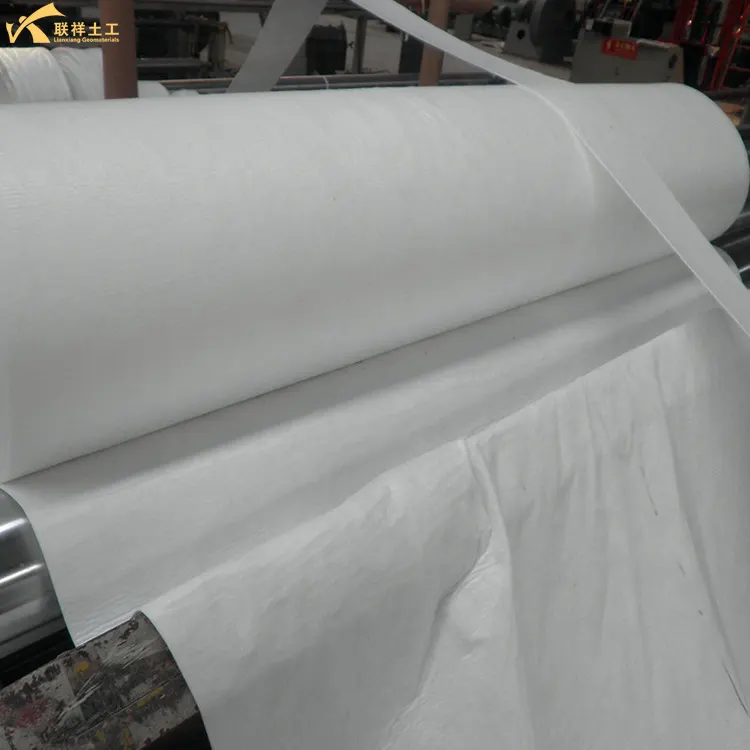
Technical Indicators
Specifications and performance are typically indicated by mass per unit area (grams per square meter, g/m²) and breaking strength (kilonewtons per meter, kN/m). Common specifications include:
- Weight: 100g/m² to 800g/m² or even higher, with 200g/m² to 400g/m² commonly used in engineering projects.
- Thickness: Depending on the weight, generally ranges from 1.0mm to 4.5mm.
- Width: Typically 2m to 6m, but can be customized based on project needs.
The higher the specification (the greater the weight), the higher the physical and mechanical properties (such as strength and thickness).
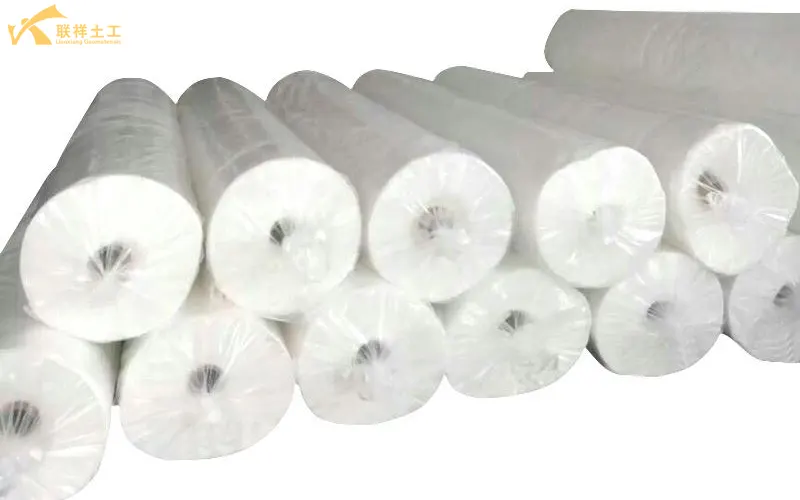
Application
Due to its outstanding performance, polyester filament geotextiles are widely used in numerous civil engineering fields, including water conservancy, transportation, municipal administration, and environmental protection, primarily for reinforcement, isolation, filtration, drainage, and protection.
1. Water Conservancy Projects
- Dyke and Slope Protection Projects: Used as a filter layer in dykes and river slope protection to prevent soil erosion and ensure smooth drainage.
- Reservoirs and Canals: Used as the base layer of the anti-seepage system in reservoirs and canals, protecting the anti-seepage material (such as geomembrane) from puncture and providing drainage and air evacuation.
- Seawalls and Harbors: Used to reinforce soft foundations, increase bearing capacity, and prevent foundation hollowing caused by wave erosion.
2. Transportation Engineering
- Highway and Railway Roadbed: Laid between the roadbed and the foundation, it provides isolation and reinforcement. It prevents mixing of different soil materials (such as stone sinking into soft soil), distributes the load, reduces uneven subgrade settlement, and extends the service life of the road.
- Airport Runways and Parking Lots: The principle is similar to that of road engineering, improving foundation stability.
3. Municipal and Environmental Engineering
- Landfills: This is a very important application area. It serves as a filter and protective layer, used in conjunction with geomembranes, located above and below the anti-seepage membrane, to guide leachate and protect the membrane from damage.
- Sewage Treatment Plants and Tailings Ponds: Used for pond bottom or dam reinforcement and backfiltration.
- Landscape lakes and artificial wetlands: Used as a protective layer in lake bottom anti-seepage systems.
4. Other projects
- Construction projects: Used for foundation treatment to prevent lateral displacement of foundation soil.
- Agricultural projects: Used for farmland drainage systems to prevent clogging of drainage ditches.
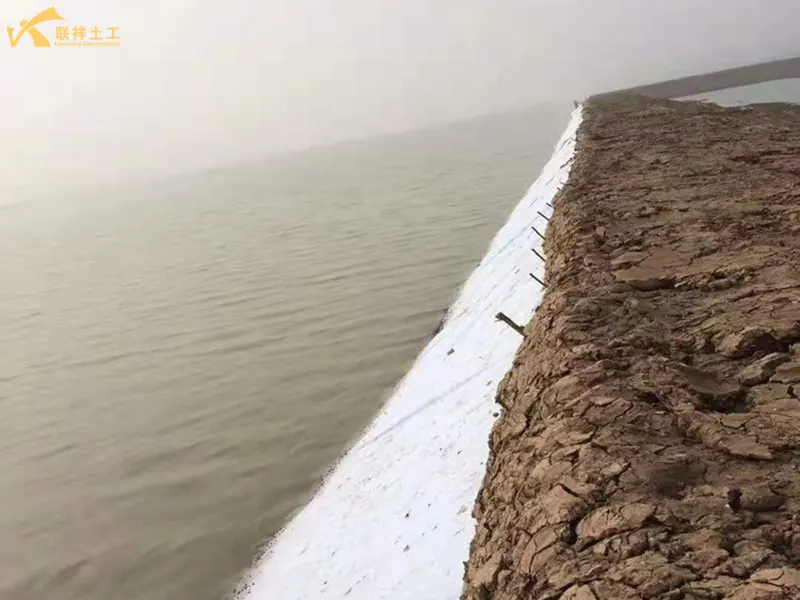
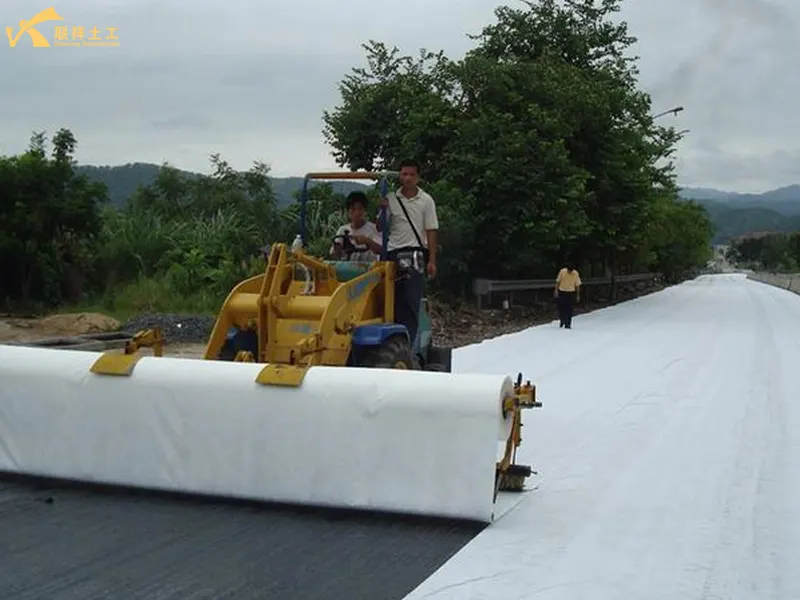
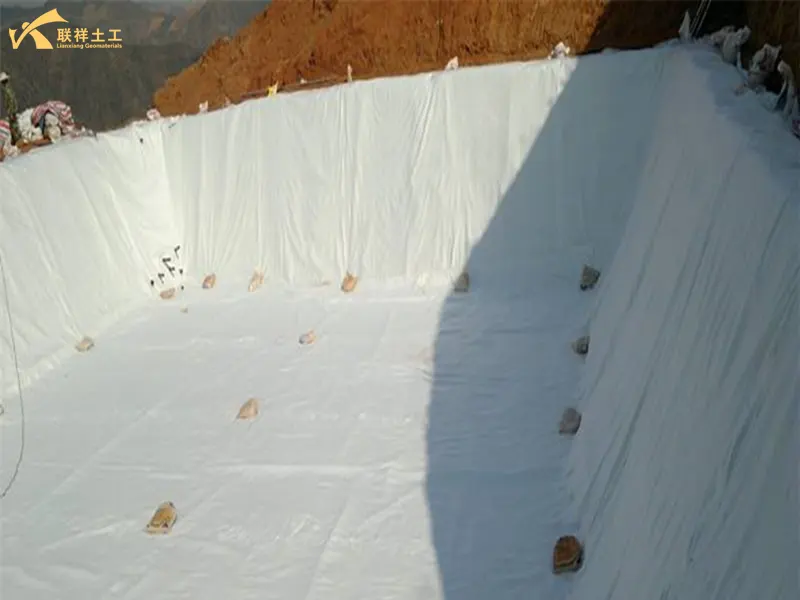
Differences from Staple-Fiber Needle-Punched Geotextiles
Another common geotextile on the market is polyester staple-fiber needle-punched geotextile. The main differences between these two geotextiles lie in their raw materials and production processes:
| Features | Polyester filament geotextile | Polyester staple-fiber needle-punched geotextile |
| Raw material form | Continuous polyester filament | Cut staple fibers (usually a few centimeters long) |
| Production process | Filaments are directly laid onto a web for needle-punching | Staple fibers are opened, carded, laid onto a web, and then needle-punched |
| Performance characteristics | Higher strength, better durability, and more stable performance | Relatively lower strength, but good uniformity and excellent filtration performance |
| Appearance | Longer fibers on the surface, giving it a smoother appearance | Surface has a cottony feel, more like felt |
| Application focus | Reinforcement and protection projects with high strength requirements | Focused on filtration, isolation, and drainage projects |
| Cost | Relatively high | Relatively low |
Specification
| Properties | Test Method | Unit | GT100N | GT150N | GT200N | GT200N | GT250N | GT300N | GT350N | GT450N | GT500N | GT600N |
| Color | - | - | White Or Black | |||||||||
| Ultimate Tensile Strength, MD | ASTM D4595 | kN/m | 7 | 11 | 14 | 17 | 19 | 24 | 27 | 30 | 37 | 41 |
| Ultimate Tensile Strength, TD | ASTM D4595 | kN/m | 6 | 10 | 12 | 15 | 17 | 21 | 25 | 28 | 34 | 38 |
| Tensile Elongation | ASTM D4595 | % | 45 | 45 | 50 | 50 | 50 | 60 | 60 | 60 | 60 | 60 |
| Grab Tensile Strength, MD | ASTM D4632 | N | 400 | 600 | 850 | 1000 | 1250 | 1450 | 1700 | 1900 | 2100 | 2500 |
| Grab Tensile Strength, TD | ASTM D4632 | N | 350 | 550 | 700 | 900 | 1100 | 1250 | 1450 | 1600 | 1800 | 2150 |
| Grab Elongation | ASTM D4632 | % | 45 | 45 | 50 | 50 | 50 | 60 | 60 | 60 | 60 | 60 |
| Trapezoid Tear Strength, MD | ASTM D4533 | N | 160 | 300 | 350 | 430 | 490 | 540 | 630 | 710 | 770 | 920 |
| Trapezoid Tear Strength, TD | ASTM D4533 | N | 140 | 270 | 330 | 400 | 450 | 510 | 610 | 690 | 750 | 900 |
| CBR Puncture Strength | ASTM D6241 | N | 1000 | 1800 | 2300 | 2700 | 3200 | 3600 | 4400 | 4800 | 5800 | 6900 |
| Apparent Opening Size O90 | ASTM D4751 | mm | 0.12 | 0.11 | 0.11 | 0.1 | 0.09 | 0.09 | 0.08 | 0.08 | 0.08 | 0.08 |
| Water Flow Q100 | ASTM D4491 | L/m2/s | 250 | 235 | 220 | 200 | 185 | 165 | 125 | 110 | 90 | 80 |
| U.V. Resistance | ASTM D4355 | % @ 500h | 70 | 70 | 70 | 70 | 70 | 70 | 70 | 70 | 70 | 70 |
| Weight | ASTM D5261 | g/m2 | 100 | 150 | 200 | 250 | 300 | 350 | 400 | 450 | 500 | 600 |
| Thickness | ASTM D5199 | mm | 1.2 | 1.8 | 2.3 | 2.9 | 3.2 | 3.6 | 3.9 | 4.2 | 4.4 | 4.8 |
| Roll Width | - | m | 6 | 6 | 6 | 6 | 6 | 6 | 6 | 6 | 6 | 6 |
| Roll Length | - | m | 300 | 200 | 150 | 100 | 100 | 100 | 80 | 80 | 50 | 50 |
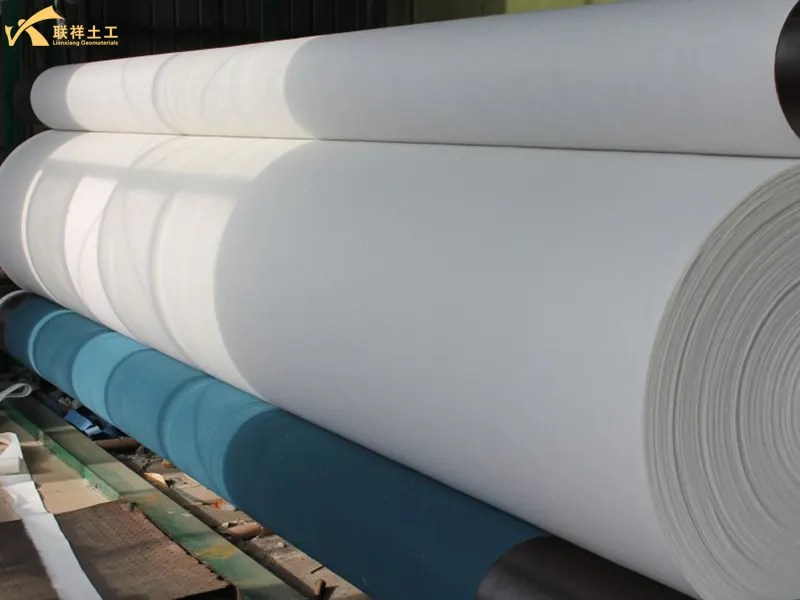
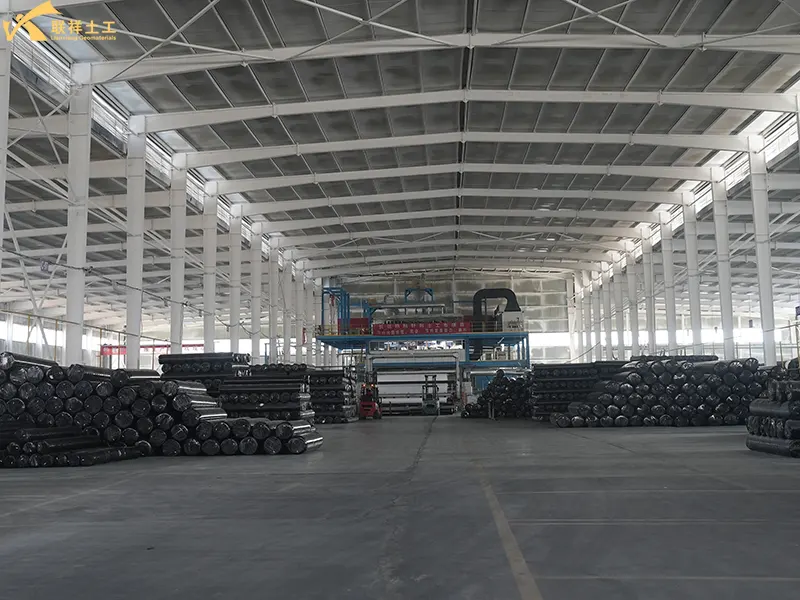
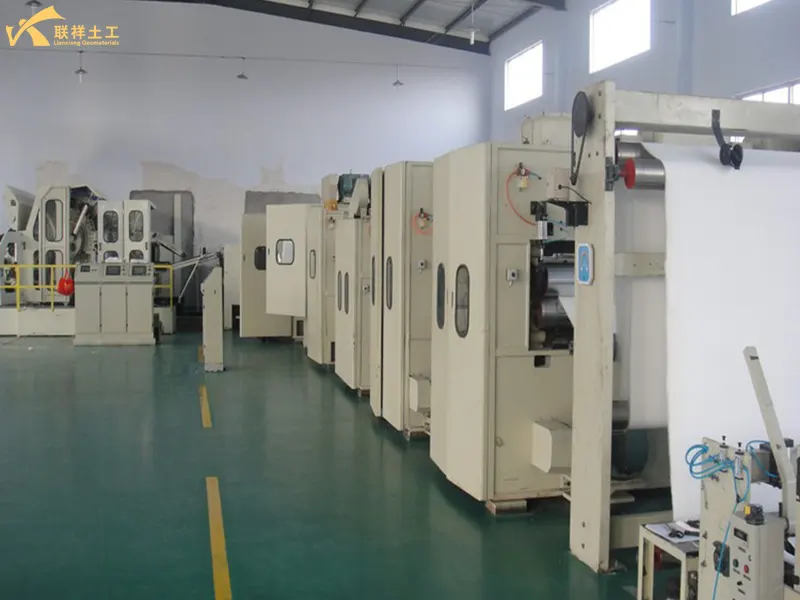
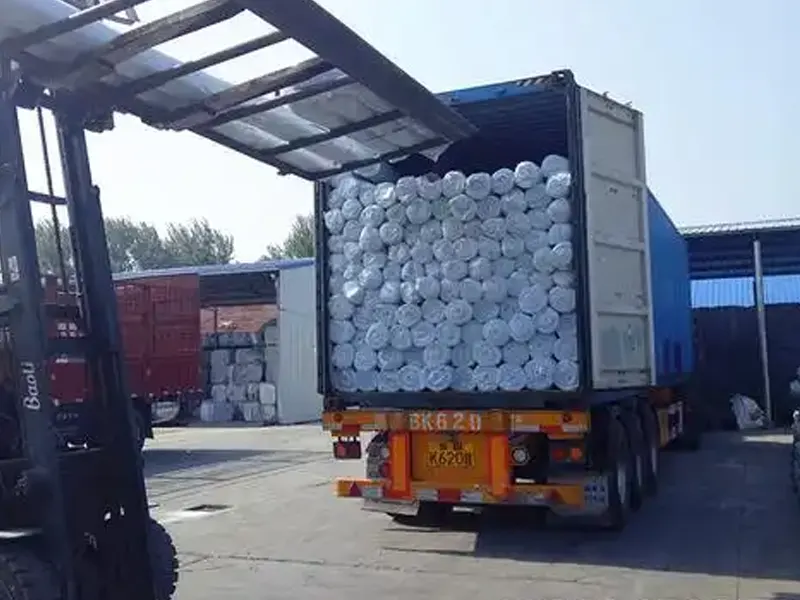
Conclusion
Polyester filament geotextile is a high-performance geosynthetic material and an indispensable foundational material in modern civil engineering construction. Its core advantages lie in its high strength, durability, and excellent mechanical properties. When selecting a geotextile, the appropriate type (filament or staple fiber) and specifications (weight and strength) should be selected based on the specific project requirements (such as required strength, filterability, and budget) to ensure project quality and safety.
Contact
-
WhatsApp
-
E-MailE-Mail:admin@lianxiangcn.com
-
WeChatWeChat:18554180188


